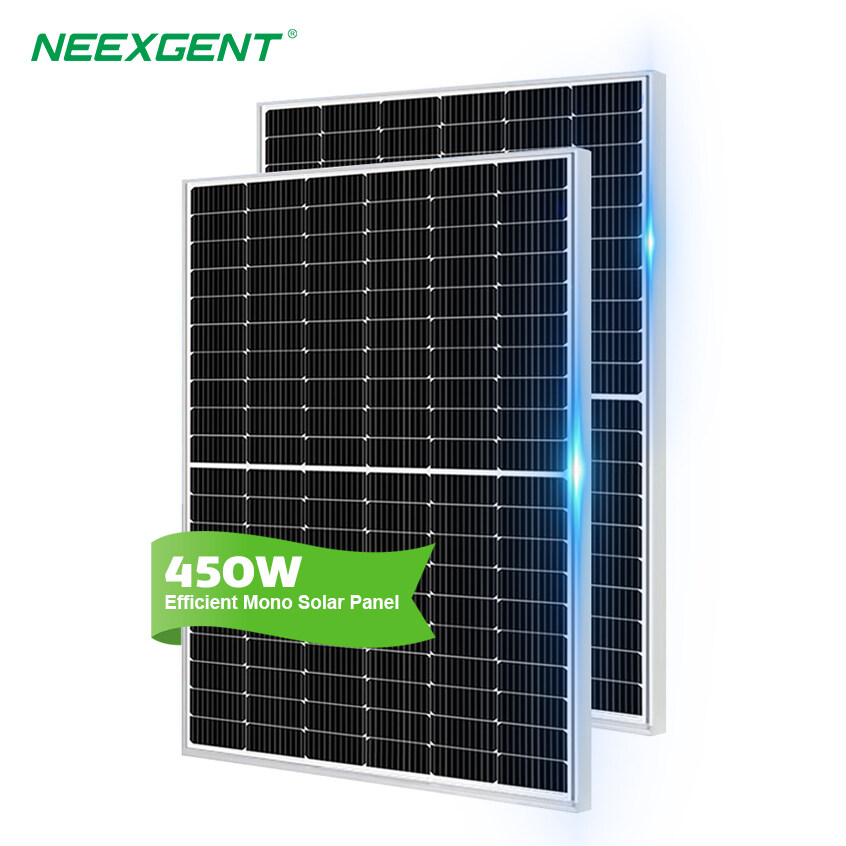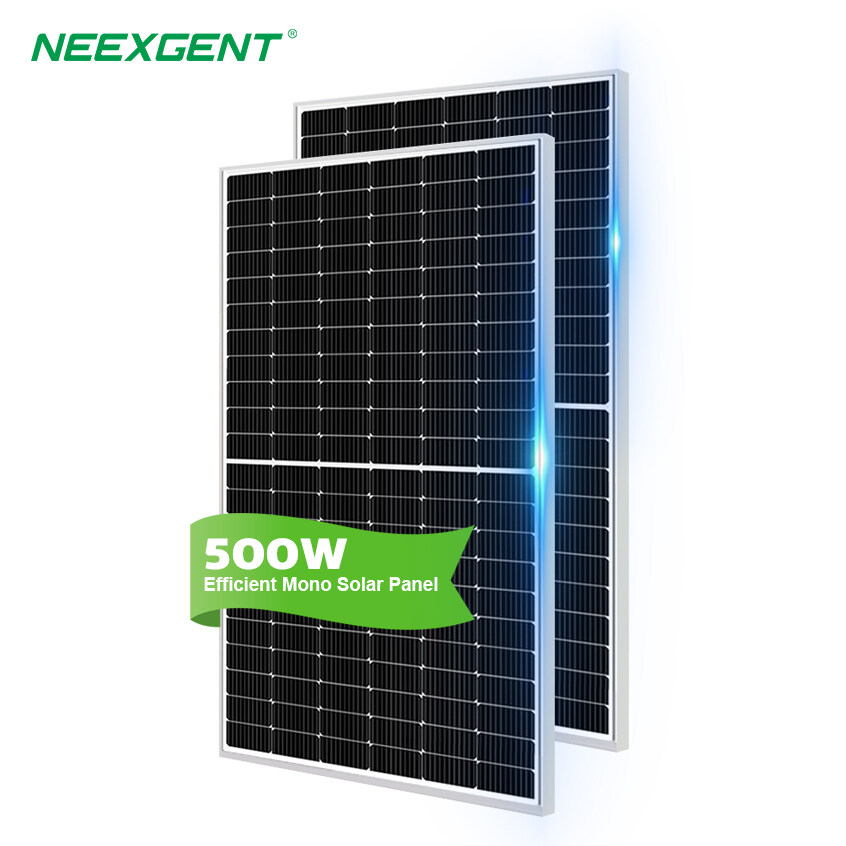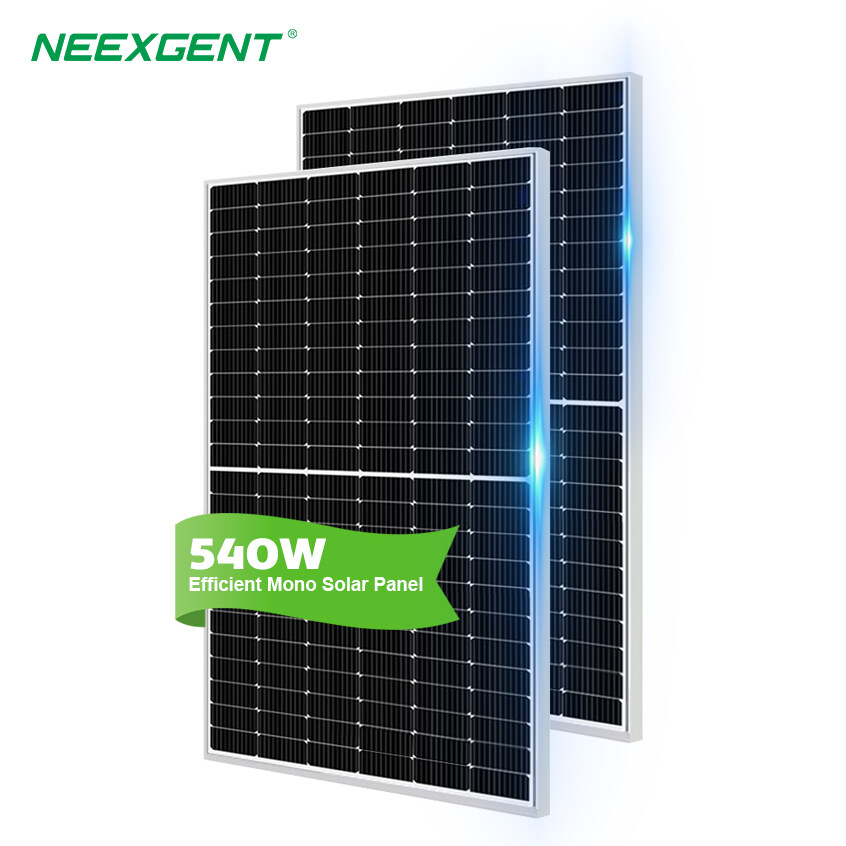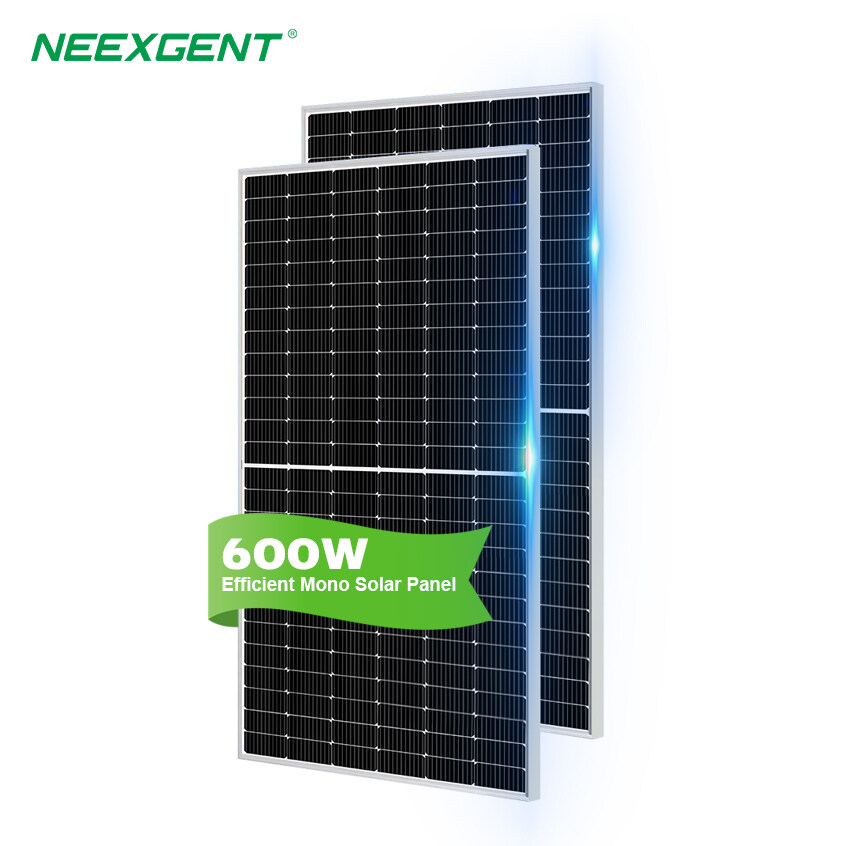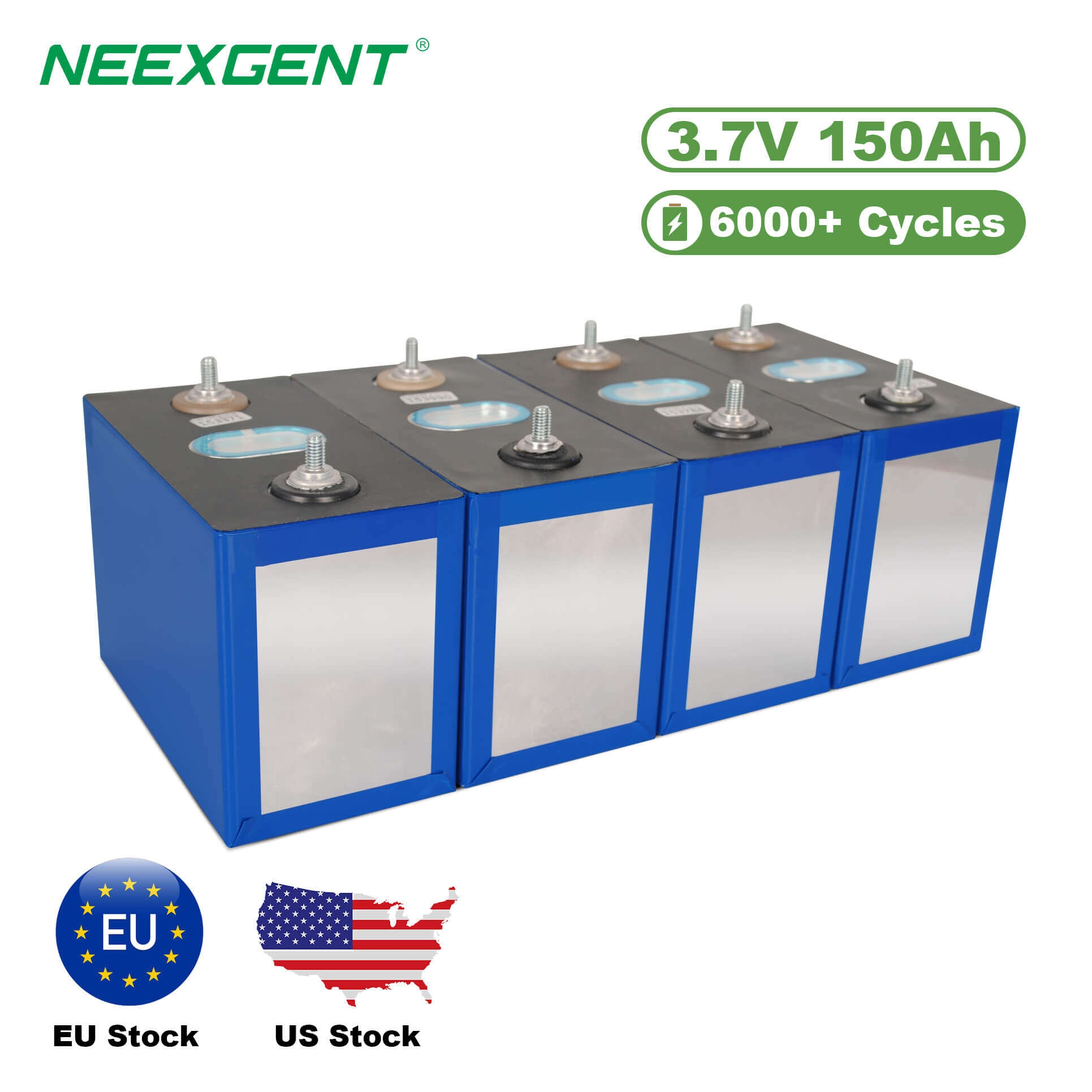Contents:
As solar energy continues to grow in popularity, homeowners and businesses alike are looking for ways to maximize the efficiency of their solar panel systems. One of the most critical yet often overlooked factors in solar performance is the tilt or orientation of the panels — in other words, the best angle for solar panels. Choosing the correct angle can significantly impact the amount of electricity generated, system payback time, and overall cost savings. In this article, we explore everything you need to know about determining the best angle for solar panels based on geography, seasonality, mounting options, and technological innovations.
Why the Angle Matters for Solar Panels
Solar panels generate electricity by capturing sunlight. The more direct sunlight they receive, the more energy they produce. This means the orientation and tilt of your panels must be optimized to receive the maximum amount of sunlight throughout the day and across different seasons.
The Earth's rotation and axial tilt mean that the sun’s position in the sky changes not only from sunrise to sunset but also throughout the year. A panel that is perfectly positioned in summer may underperform in winter unless the angle is adjusted accordingly.
Factors That Affect the Best Angle for Solar Panels
Determining the best angle for solar panels depends on several important variables:
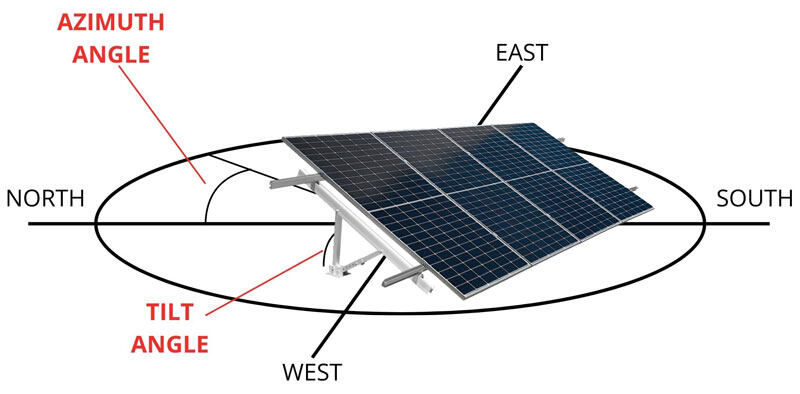
1. Latitude of Your Location
Latitude plays the most significant role in determining the optimal tilt angle. A general rule of thumb is:
For example:
-
At 40° latitude (e.g., New York), the ideal tilt is approximately 40°.
-
At 20° latitude (e.g., Miami), the best angle would be around 20°.
This rule ensures that the panels are oriented directly toward the sun on average throughout the year. However, this recommendation is a simplification. In reality, different angles may be better depending on seasonal adjustments and your specific energy goals.
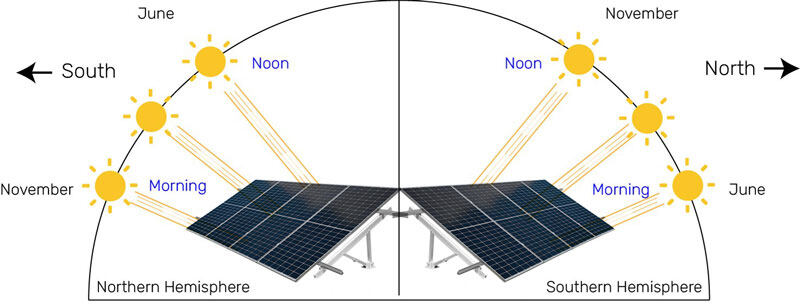
2. Seasonal Adjustments
If you're willing and able to adjust your solar panels throughout the year, you can optimize energy production season by season:
-
Summer Angle: Tilt the panels at about 15° less than your latitude to capture the high sun.
-
Winter Angle: Increase the tilt to 15° more than your latitude to compensate for the lower sun.
-
Spring and Fall: Keep the tilt close to your exact latitude.
For example, in Los Angeles (latitude ~34°):
-
Summer: 34° - 15° = 19°
-
Winter: 34° + 15° = 49°
-
Spring/Fall: ~34°
3. Your Energy Goals
Not everyone installs solar panels with the same intent. You may want to:
-
Maximize Year-Round Production: Use a fixed angle close to your latitude.
-
Optimize for Summer: If you rely heavily on air conditioning, favor a shallower angle.
-
Optimize for Winter: In colder regions where electricity is used more during winter, a steeper angle might be best.
Types of Mounting Systems and Their Influence on Panel Angles
Your mounting system plays a crucial role in how flexible you can be with your panel angle.
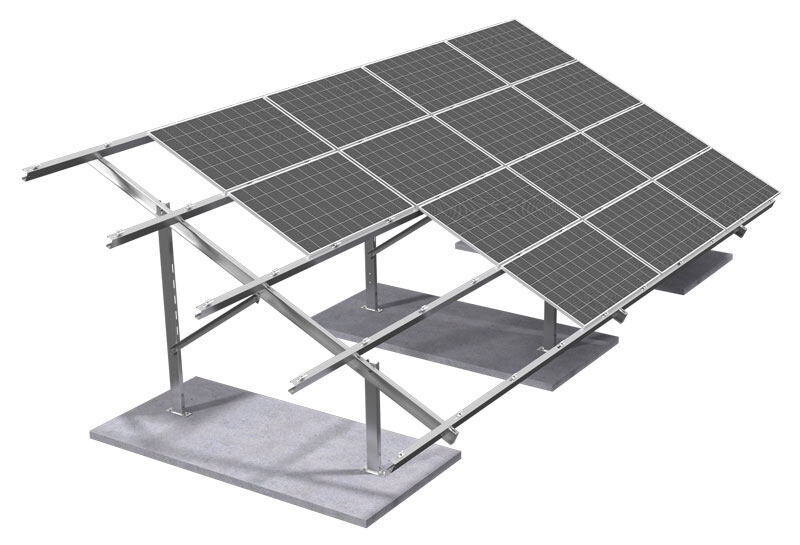
1. Fixed Mounts
These are the most common and cost-effective systems. The panels are installed at a set angle that cannot be changed without physically adjusting the hardware. In this case, selecting the best fixed angle for your solar panels becomes essential, often based on the location's average sun position.
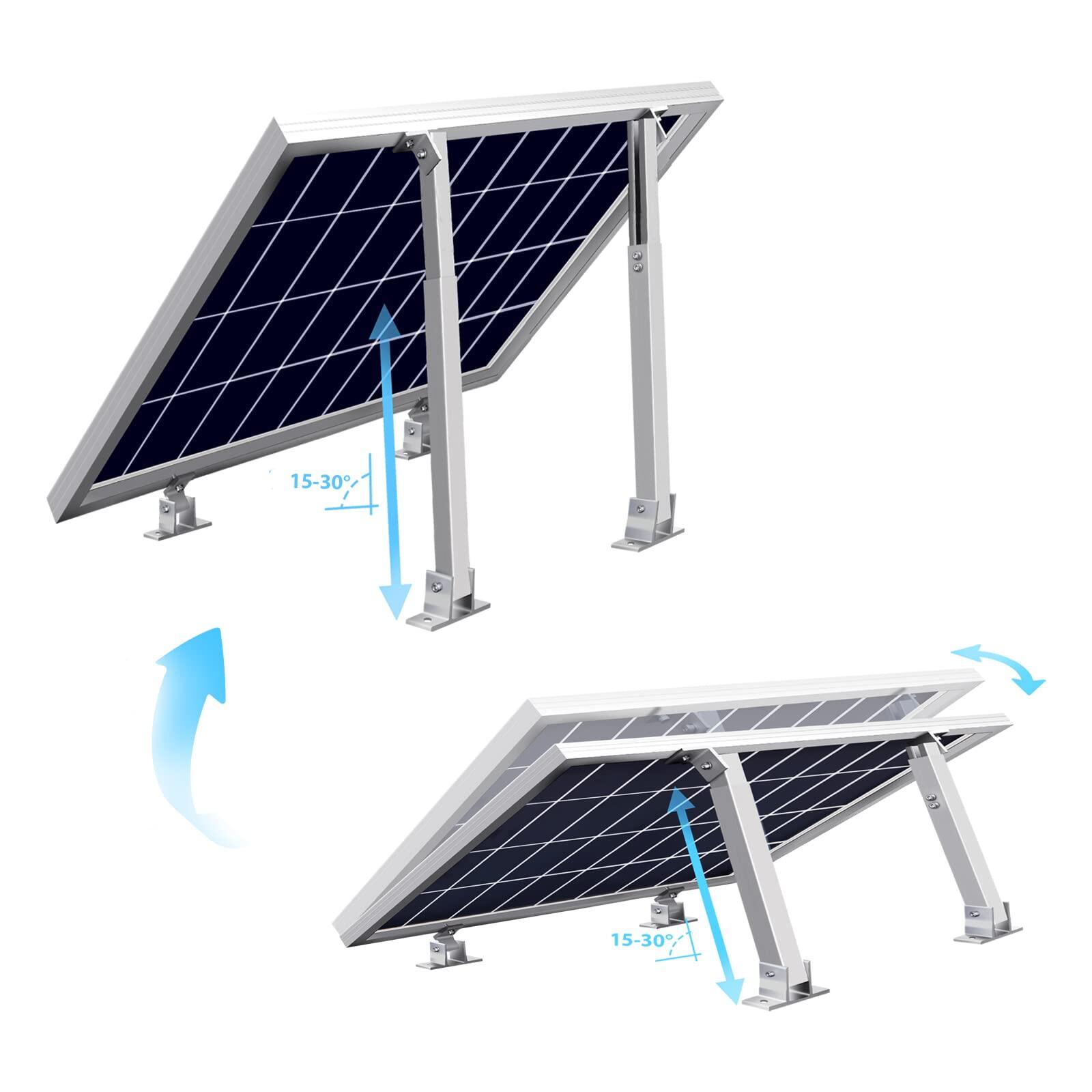
2. Adjustable Mounts
These allow for seasonal adjustments. They are more expensive than fixed mounts but can increase efficiency by up to 15–25%. You can change the panel angle two to four times a year to align with the changing position of the sun.
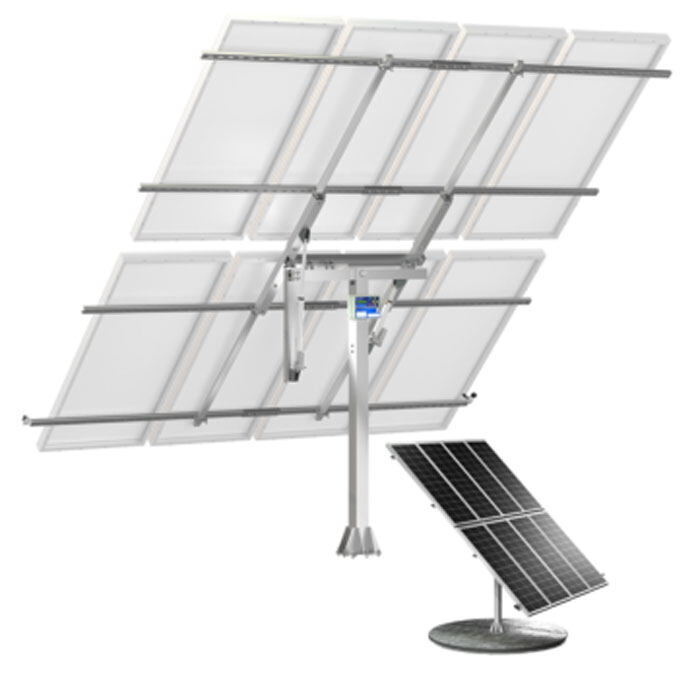
3. Tracking Systems
These high-tech mounts automatically follow the sun’s path throughout the day. There are two main types:
These systems can increase efficiency by 25–35% or more but come with higher installation and maintenance costs. They are most common in large-scale commercial or utility-grade solar projects.
Roof-Mounted Systems vs. Ground-Mounted Systems
-
Roof-Mounted Panels: The angle is often limited by the pitch of the roof. If your roof has a 30° tilt and you're located at 30° latitude, you're in luck. If not, you may need mounting hardware to adjust the panel angle.
-
Ground-Mounted Panels: Offer full flexibility to set the optimal angle, making them a great choice when roof orientation is suboptimal or space is available on the ground.
Best Angle for Solar Panels in Different Countries
Here’s a rough guide based on popular solar locations:
-
United States (average): 30° to 40° depending on latitude
-
Canada: 40° to 50°, higher angles help with winter performance
-
Australia: 20° to 30° depending on region
-
United Kingdom: Around 35° to 45° due to northern latitude
-
India: 10° to 30°, most optimal in southern regions with minimal seasonal tilt needed
Always use local solar maps or solar panel angle calculators for precise recommendations tailored to your exact location.
Using Technology to Determine the Best Angle
Several tools and apps are available to help you find the best angle for solar panels at your location:
-
PVWatts Calculator (by NREL): Offers estimates based on location, system size, and tilt angle.
-
Google Project Sunroof: Uses satellite imagery to analyze roof space and suggest optimal placement.
-
Solar Pathfinder or Solmetric SunEye: Physical tools used by professionals to analyze shading and orientation on-site.
Environmental Considerations
In addition to the sun’s angle, consider these environmental factors:
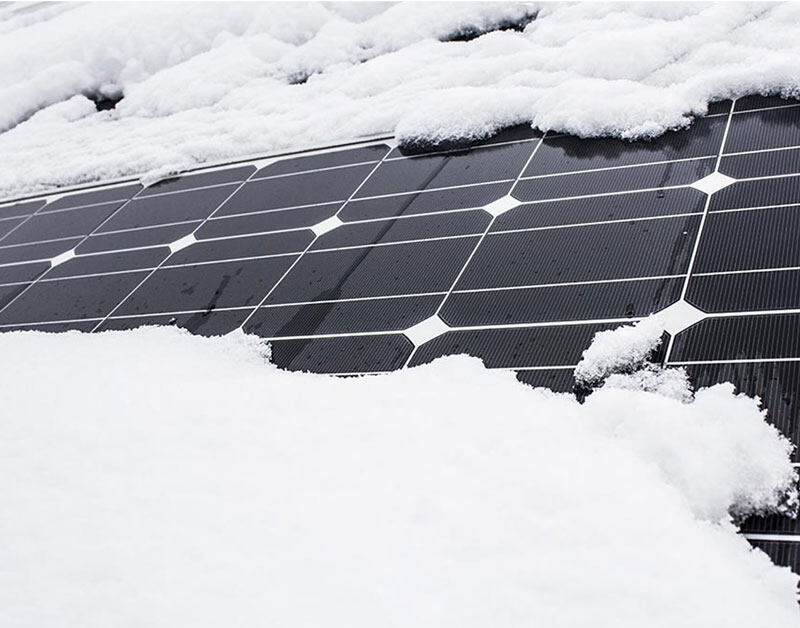

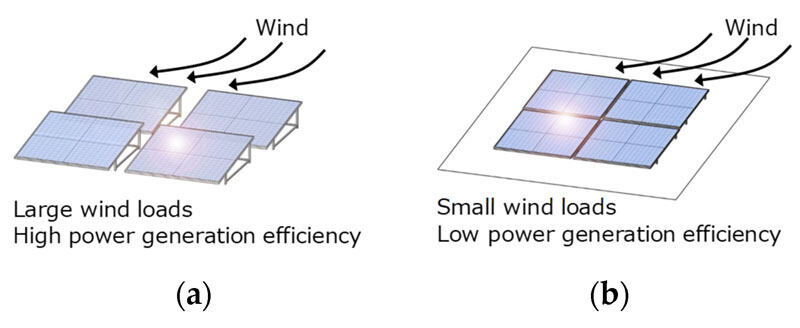
What Happens If the Angle Isn’t Ideal?
While setting the best angle for solar panels is recommended, solar systems are quite forgiving. A small deviation from the ideal angle (up to 10–15°) results in only a minor efficiency loss. The direction your panels face (azimuth) also matters — ideally, they should face true south in the Northern Hemisphere and true north in the Southern Hemisphere.
Even if your roof doesn't allow for the perfect tilt or orientation, modern high-efficiency panels and smart inverters can compensate significantly. However, for maximum return on investment, especially in off-grid or battery-powered setups, fine-tuning the angle becomes more important.
FAQs
What is the best angle for solar panels based on my location?
The best angle for solar panels typically equals the latitude of your location. For example, if you live at 35° latitude, your panels should be tilted at about 35°. However, for better seasonal performance, this angle can be adjusted slightly throughout the year — steeper in winter and flatter in summer.
Should solar panels be adjusted throughout the year?
Yes, adjusting solar panels seasonally can improve efficiency. In general:
- Winter: Tilt angle = latitude + 15°
- Summer: Tilt angle = latitude - 15°
- Spring/Fall: Tilt angle = latitude
If your mounting system allows for manual adjustment, this is an effective way to boost annual energy production.
Is it worth using a solar tracking system instead of a fixed angle?
Solar tracking systems can increase panel efficiency by 25–35% by following the sun’s movement. However, they are more expensive and require maintenance. For residential setups, a well-angled fixed system is often more cost-effective. Trackers are more common in large-scale or commercial solar farms.
What if my roof doesn’t have the ideal tilt or direction?
If your roof isn’t at the perfect angle, don’t worry — solar panels still perform well within a range of tilt angles. You can use tilt racks to adjust the panel angle or consider ground-mounted systems if space allows. Additionally, modern panels and microinverters help offset less-than-ideal angles or orientations.
How much does tilt angle affect solar panel performance?
Tilt angle can affect your system’s performance by up to 20% or more. A poorly angled system may still generate electricity, but it won’t be as efficient, potentially increasing the payback period. Optimizing tilt helps maximize sunlight exposure and improves your return on investment over time.

